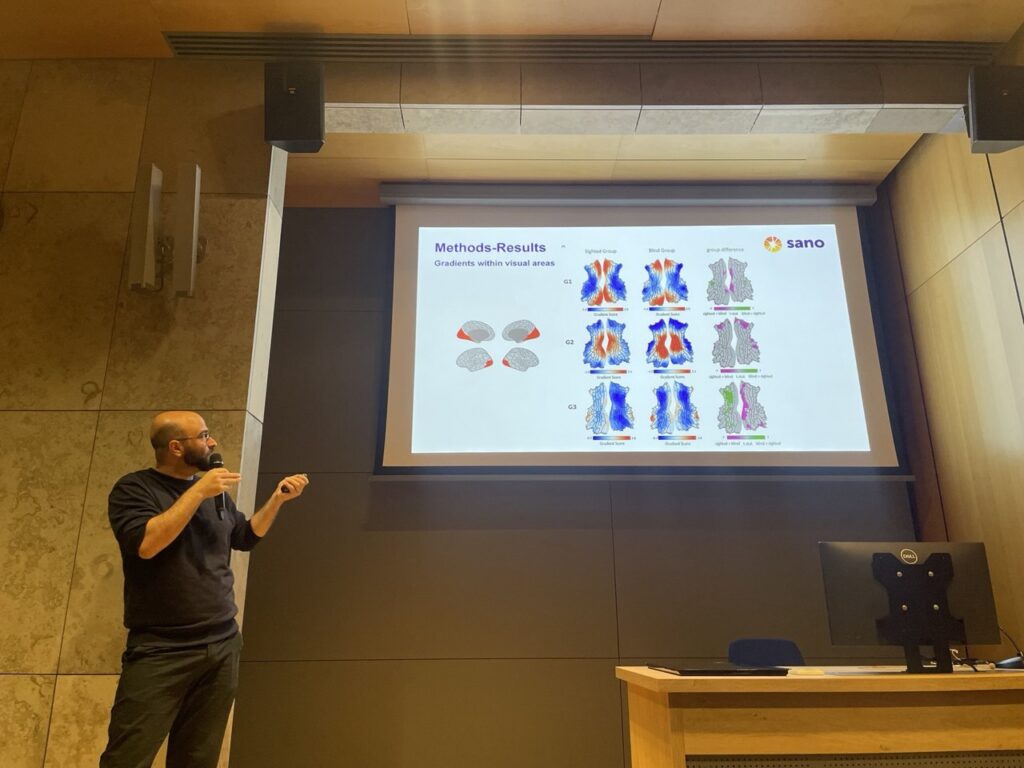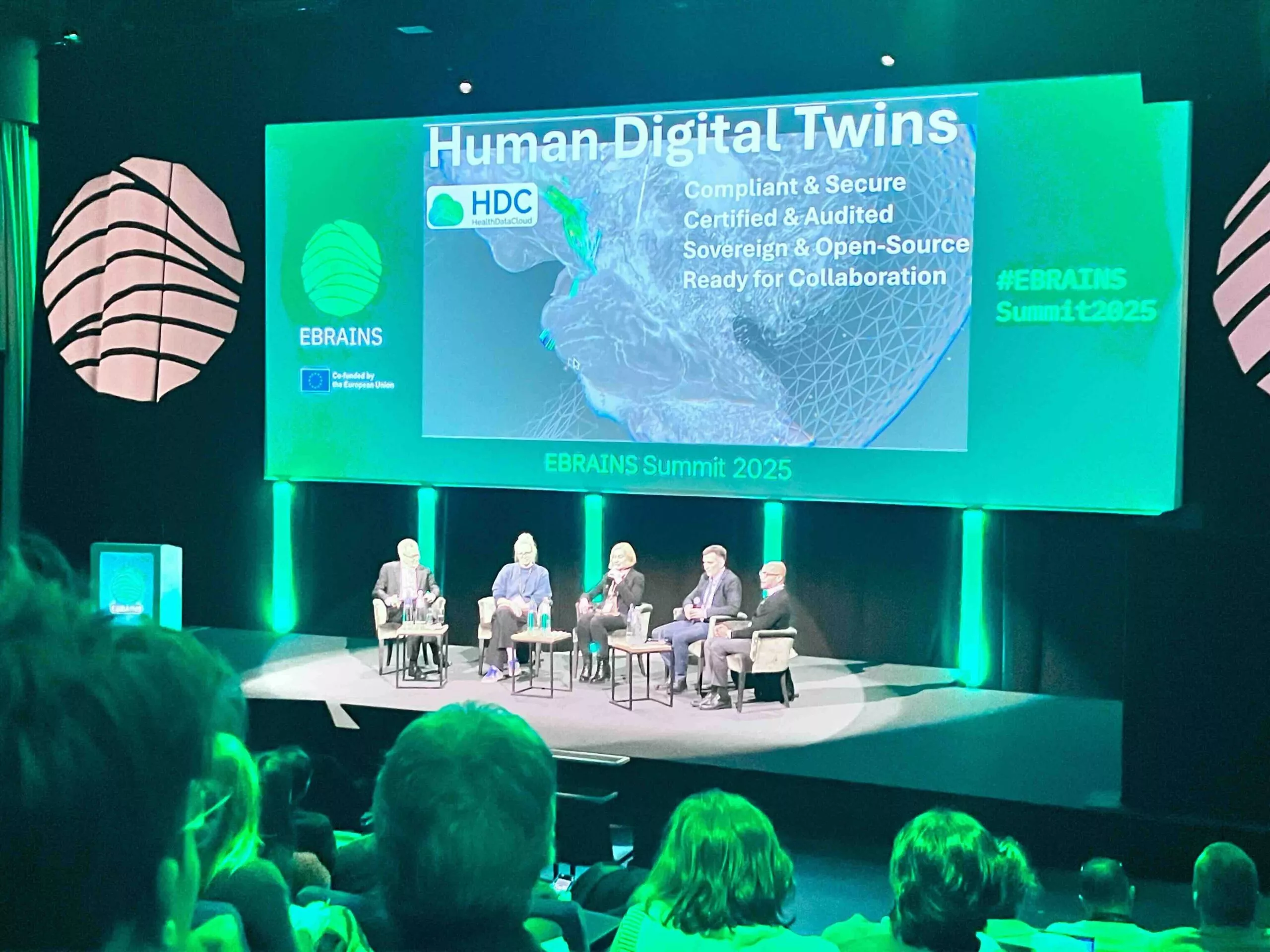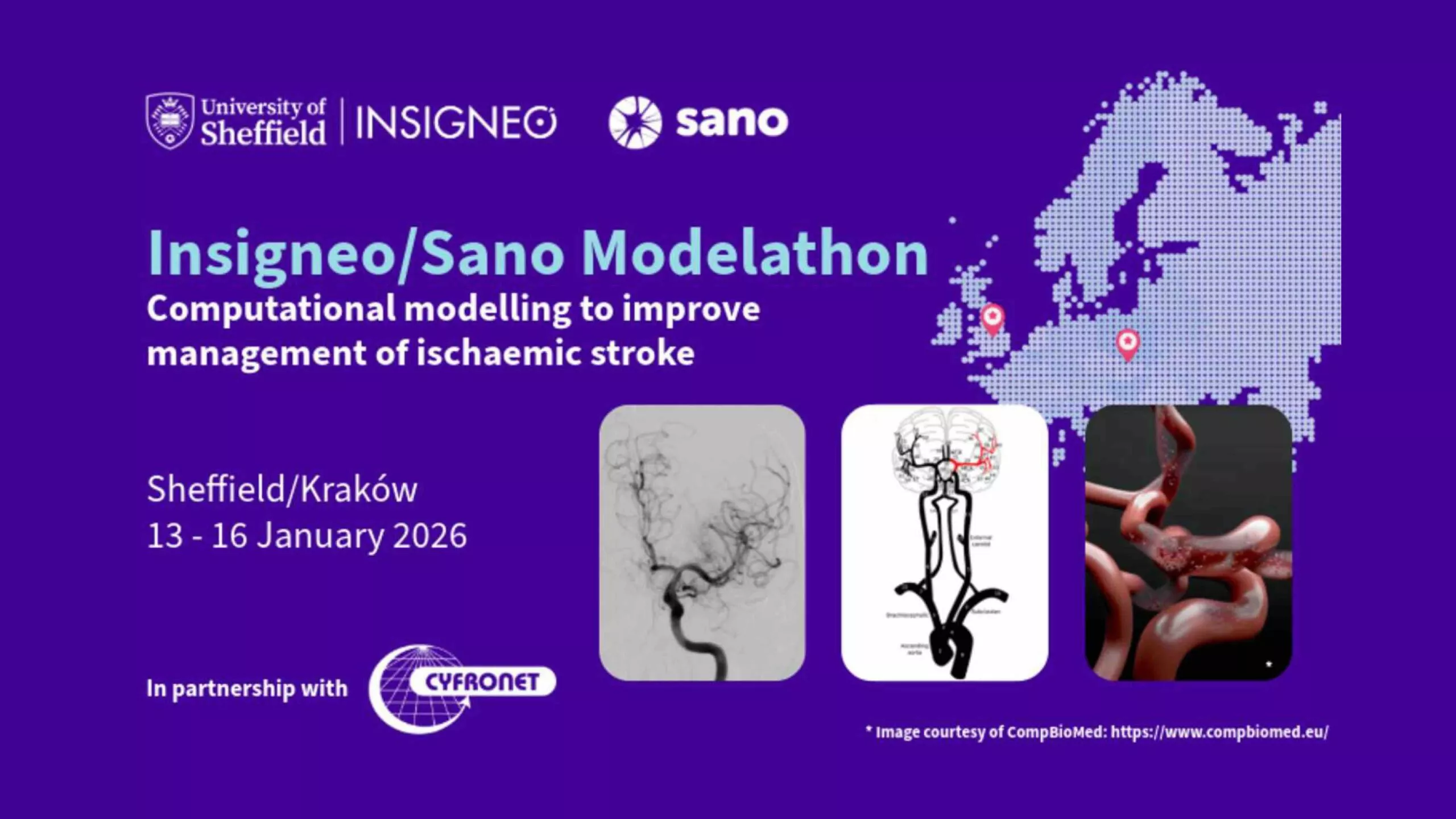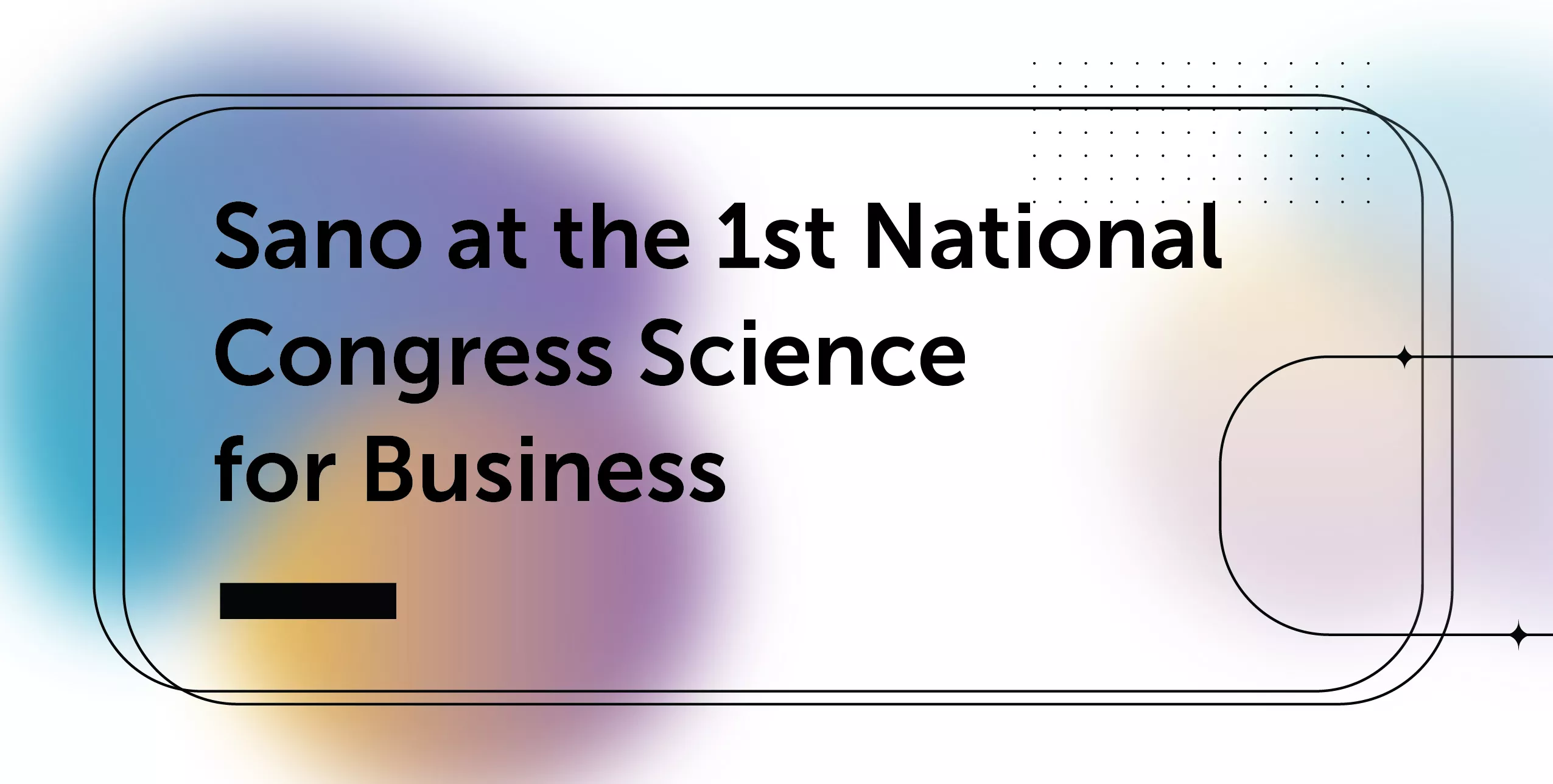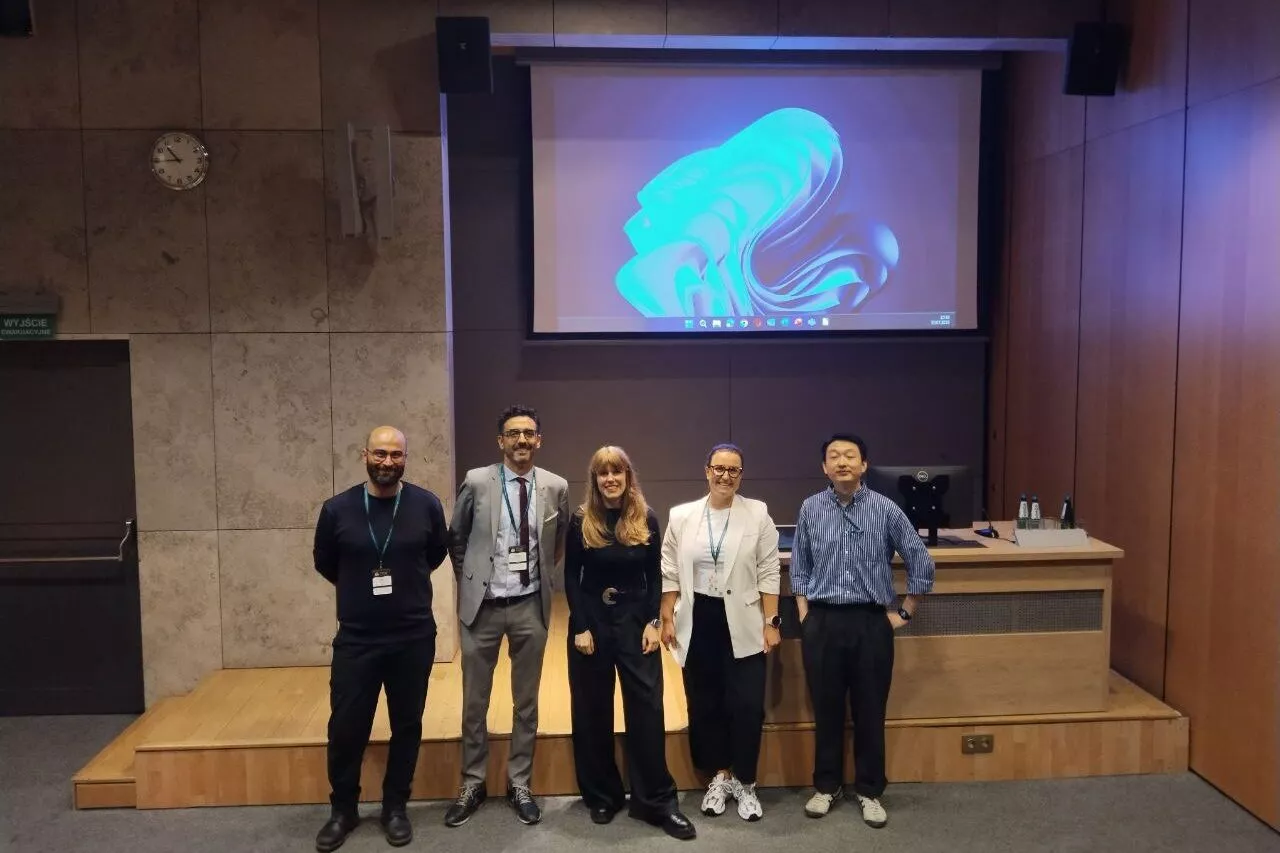
Sano Co-Organizes Symposium on Brain Plasticity in Blindness at IOP 2025
How the Brain Adapts Without Sight: A Multiscale View on Neuroplasticity in Blindness
Sano Centre for Computational Medicine proudly co-organized a scientific symposium during the 22nd World Congress of Psychophysiology (IOP 2025), which took place in Krakow from July 8 to 11, 2025. This major international event brought together researchers from neuroscience, psychology, and biomedical engineering to explore the biological foundations of behavior and cognition.
The symposium, titled “From Macro to Micro: Exploring the Spectrum of Neuroplasticity in Blindness,” was jointly coordinated by Dr. Cemal Koba (Postdoctoral Researcher in Computational Neuroscience at Sano) and Dr. Anna-Lena Stroh (Institute of Psychology, Jagiellonian University).
Understanding Brain Plasticity Through the Lens of Blindness
The session focused on how congenital blindness serves as a natural model to investigate the brain’s capacity for reorganization in the absence of visual input. By examining changes at multiple levels—from global brain networks to cellular microstructure—the symposium highlighted how sensory experience (or the lack thereof) affects the architecture and function of the human brain.
The program brought together leading experts in neuroimaging, tactile perception, and brain connectivity:
- Dr. Wei Wei introduced a novel fMRI-based framework for quantifying multisensory integration. His findings showed that the extrastriate cortex in blind individuals integrates sensory input differently than in sighted counterparts, suggesting adaptive specialization in response to early sensory deprivation.
- Dr. Cemal Koba presented new results from connectome gradient analyses, revealing macroscale differences in functional brain organization in congenitally blind participants. His work demonstrates that while large-scale cortical frameworks can form without vision, sensory input fine-tunes the brain’s network architecture.
- Dr. Emiliano Riccardi extended this work by examining functional brain networks during naturalistic stimulation, showing altered connectome dynamics in blind individuals, further emphasizing the impact of sensory input on neural development.
- Dr. Katarzyna Rączy explored functional reorganization using tactile reading tasks. Her experiments illustrated how blind individuals repurpose visual areas for non-visual functions, offering compelling evidence for cross-modal plasticity.
- Dr. Anna-Lena Stroh closed the session with insights into microstructural brain changes in blindness. Using ultra-high-resolution multiple parameter mapping and diffusion-weighted imaging, she showed that congenital blindness leads to reduced iron and myelin content in early visual areas, pointing to the critical role of sensory-driven maturation processes.
A Multiscale View on Neuroplasticity
The symposium provided a unique platform to integrate perspectives across spatial scales—from system-level connectivity to cellular microstructure—enriching our understanding of how the brain adapts to altered sensory environments. The work presented has implications not only for basic neuroscience but also for developing interventions that harness neuroplasticity in clinical populations.
